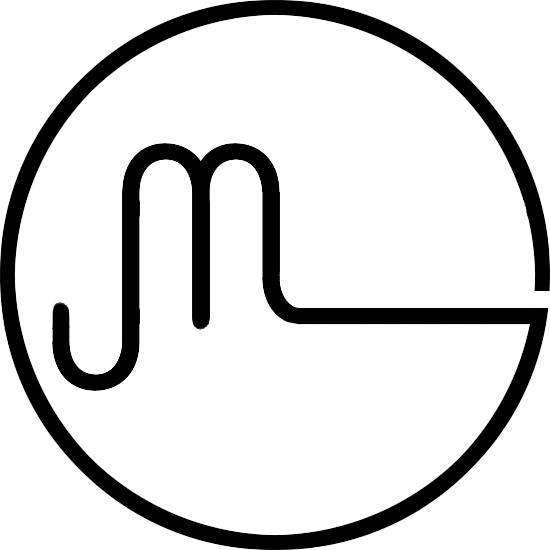Understanding Vertigo: Causes, Connections, and Clinical Insights
What Is Vertigo?
Vertigo is a specific form of dizziness characterised by the false sensation of movement, often described as spinning or swaying. Unlike general lightheadedness, vertigo is frequently triggered by changes in head position and may be accompanied by nausea, unsteadiness, and visual disturbances. Though it is commonly associated with inner ear issues, vertigo can also result from dysfunctions in the cervical spine or cranial nerve systems. Understanding the wide range of possible causes is crucial for effective diagnosis and treatment.
Common Vestibular Causes of Vertigo
Benign Paroxysmal Positional Vertigo (BPPV)
The most frequent cause of vertigo, BPPV occurs when calcium carbonate crystals (otoconia) dislodge and migrate into the semicircular canals of the inner ear, disrupting normal fluid movement and signalling. It typically produces brief but intense episodes of vertigo when the head is moved, particularly when lying down, rolling over in bed, or turning the head quickly.
Is vertigo most commonly triggered by turning the head to the right?
A widely cited clinical observation, especially among practitioners using the Dix-Hallpike test, suggests that BPPV is more commonly right-sided. Some studies report that up to 60–70% of BPPV cases involve the right posterior semicircular canal, possibly due to patients' habitual sleeping positions (von Brevern et al., 2007).
Vestibular Neuritis and Labyrinthitis
These conditions involve inflammation of the vestibular nerve or inner ear structures, often following viral infections. They can cause more prolonged vertigo episodes, sometimes lasting for days, and are often accompanied by nausea and imbalance.
Meniere’s Disease
Meniere’s disease is a chronic inner ear disorder marked by recurrent vertigo episodes, fluctuating hearing loss, tinnitus, and a feeling of fullness in the ear. It results from abnormal fluid dynamics in the endolymphatic system.
Cervical Causes of Vertigo
Cervicogenic Vertigo
Cervicogenic vertigo arises from dysfunctions in the neck, particularly the upper cervical spine. It is believed that proprioceptive input from the cervical musculature and joints can influence balance and spatial orientation via integration with visual and vestibular systems in the brainstem.
Atlanto-Occipital Junction Restrictions
The atlanto-occipital (AO) joint, where the skull meets the cervical spine, plays a vital role in coordinating head movement and neural signalling. Restrictions at this junction—due to injury, muscular tension, or joint fixation—can impair afferent feedback and provoke symptoms resembling vertigo.
Clinically, patients with AO joint dysfunction often report a sense of head pressure, visual strain, and disorientation. Manual therapists, including osteopaths, frequently observe resolution or improvement in vertigo symptoms following gentle mobilisation of this region.
Neural Causes: The Vagus Nerve and Vertigo
Vagal Compression and Autonomic Disturbances
The vagus nerve (cranial nerve X) exits the skull through the jugular foramen, in close proximity to the atlas (C1 vertebra) and the AO junction. Compression or irritation of the vagus nerve—often due to muscular hypertonicity, fascial tension, or vertebral misalignment—can trigger autonomic symptoms, including:
Nausea
Heart rate irregularities
Dizziness or light-headedness
Digestive disturbances
While not a direct cause of vertigo in the vestibular sense, vagal dysfunction may exacerbate feelings of disequilibrium or faintness, especially when co-occurring with cervical or vestibular issues.
Less Common Causes of Vertigo
Central Causes
Vertigo can stem from neurological conditions such as:
Stroke, particularly in the posterior circulation
Multiple sclerosis
Tumours affecting the brainstem or cerebellum
These conditions often produce additional neurological signs such as double vision, slurred speech, or weakness.
Cardiovascular and Systemic Contributors
Low blood pressure, arrhythmias, and hypoglycaemia can mimic or worsen vertigo symptoms. Dehydration and medication side effects—particularly from sedatives or antihypertensives—should also be considered.
Clinical Considerations and Osteopathic Insight
At Jo Martin Osteopathy, patients presenting with vertigo undergo a thorough assessment to determine whether their symptoms stem from mechanical, vestibular, or neural causes. Particular attention is paid to:
Cervical mobility and muscle tone
Atlanto-occipital joint function
Vagal nerve pathway sensitivity
Vestibular history and balance testing
Treatment approaches may include osteopathic manual therapy, vestibular rehabilitation, and referral for imaging or specialist consultation where red flags are present.
Conclusion: Vertigo Requires a Multidimensional Perspective
Vertigo is not a condition in itself, but a symptom with multiple potential origins. While vestibular dysfunctions like BPPV are common culprits, cervical spine restrictions—especially at the atlanto-occipital junction—and vagus nerve irritation can also play significant roles. A holistic assessment and a nuanced understanding of these interconnected systems are essential for effective care.
References
von Brevern, M., Seelig, T., Radtke, A., Tiel-Wilck, K., Lempert, T., & Neuhauser, H. (2007). Short-term efficacy of Epley's manoeuvre: a double-blind randomised trial. Journal of Neurology, Neurosurgery & Psychiatry, 78(8), 888–892.
Furman, J. M., & Cass, S. P. (2003). Vestibular Disorders: A Case-Study Approach. Oxford University Press.
Reid, S. A., Callister, R., & Rivett, D. A. (2015). Assessment of cervical spine in dizziness: a review. Journal of Manual & Manipulative Therapy, 23(3), 160–167.
Balaban, C. D., Jacob, R. G., & Furman, J. M. (2011). Neurologic bases for comorbidity of balance disorders, anxiety disorders and migraine: neurotherapeutic implications. Expert Review of Neurotherapeutics, 11(3), 379–394.
